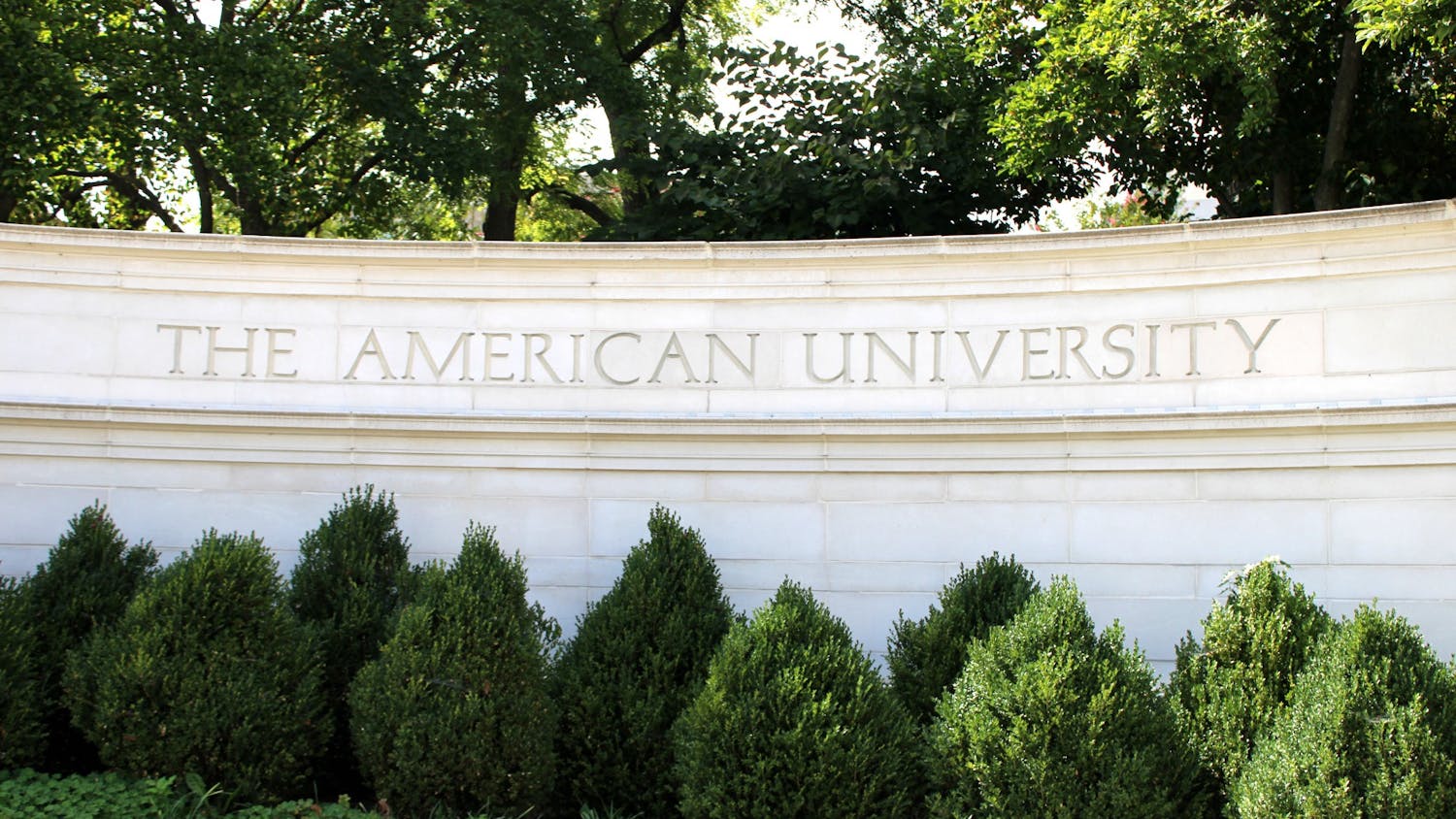If being welcomed back to campus by faculty members demanding livable wages wasn’t enough, another concern shocks the American University community: whether their Paper Lantern orange chicken will send them to the Student Health Center waiting room.
An article recently published by The Eagle included a Sept. 21 health inspection report on the Mary Graydon Center dining facilities, revealing that they fall into risk category three. Hundreds of students, predominantly freshmen and sophomores, take advantage of the meal plan that the University provides, yet they have to discover the risky food conditions through a student newspaper. As a school that is heavily involved in sending out communications pertaining to on-campus events and fundraising efforts, we expect the same effort to be given to student wellness.
Earlier this year, the AU Dining Advisory Committee held a community forum to solicit student feedback on ways to improve the dining experience, and we’re left to wonder, what is being done to ensure that students don’t exit dining facilities with upset stomachs? Was there a follow-up inspection, and what were the results? Does the University plan to say anything to students about the initial inspection or any follow-up that might have occurred? Food safety is a precaution that has direct health risks, and many have dietary needs. Stories of students having allergic reactions after eating at TDR due to alleged cross-contamination are commonplace and make it imperative for administrators to directly acknowledge the risks of having poor health and safety procedures.
The limitations of where students decide to dine for lunch on- and off-campus within the meal plan has immense repercussions on the community. Thirty percent of college students across the United States have experienced food insecurity during a period of time within their college years, with significant racial and ethnic disparities among Black and Indigenous people. The Market, which is supposed to be open 24/7, now has restrictions on the times students can visit the food pantry, and there has been trouble with card access to the room in the evenings. As for food options off-campus, it’s all reliant on the individual. EagleBucks are no longer accepted at non-AU locations, including Whole Foods in Tenleytown. Not all students who rely on meal plans can afford to spend additional money just to prevent potential health risks that may come with eating on campus.
To remedy the lack of food choices that AU offers to the community, the University should offer compensation to students through the EagleBucks program to empower students to diversify their options. In addition, routine health inspection checks should be conducted on all on-campus businesses that prepare food and the results of these reports should be publicized through AU campus-wide communications.
With this current reality and inadequate transparency on the health inspection grade of our dining, students have to roll the dice in deciding which on-campus food item they’re willing to stomach.
Correction: This story has been updated to clarify that students are not limited in how many times they could visit the pantry





